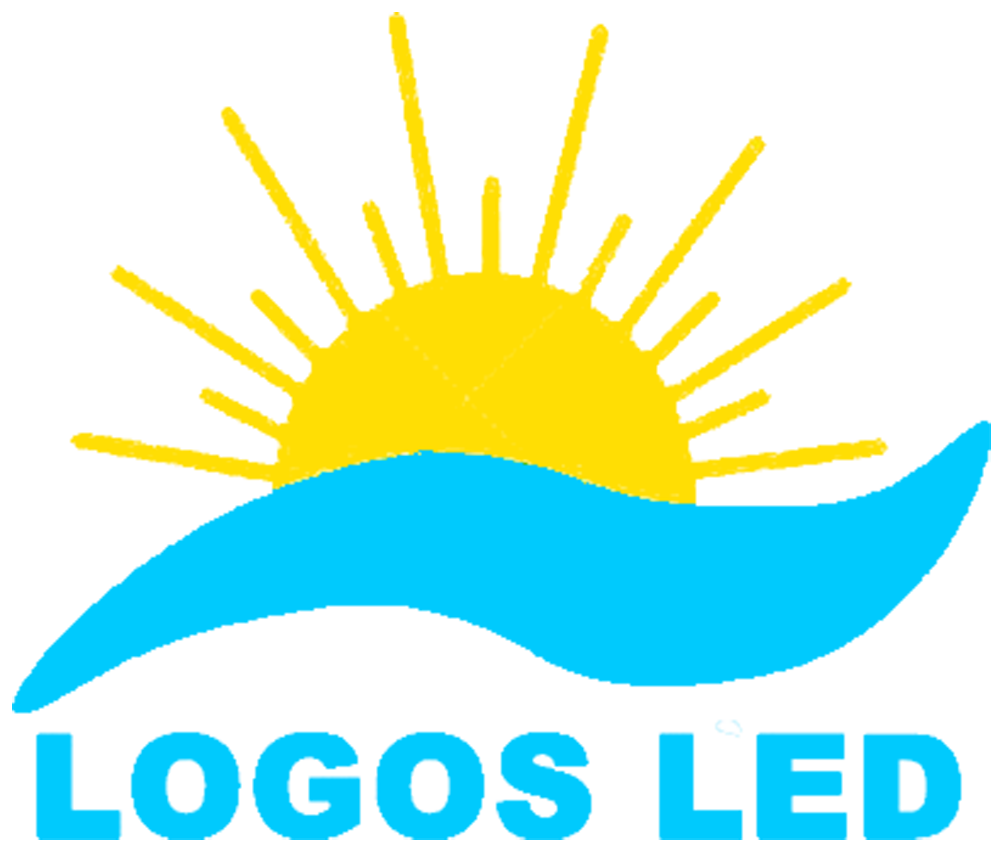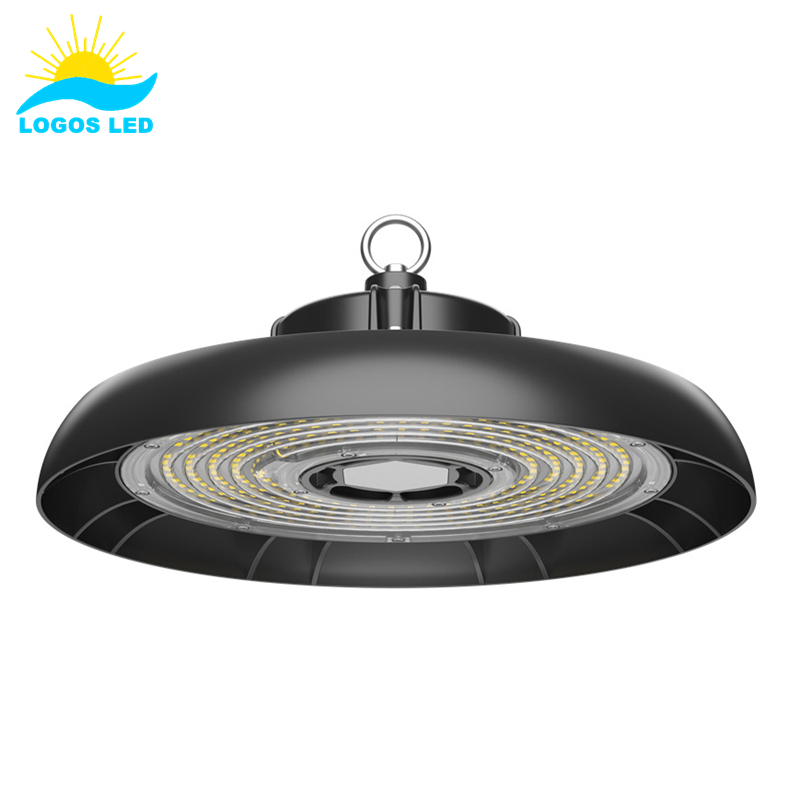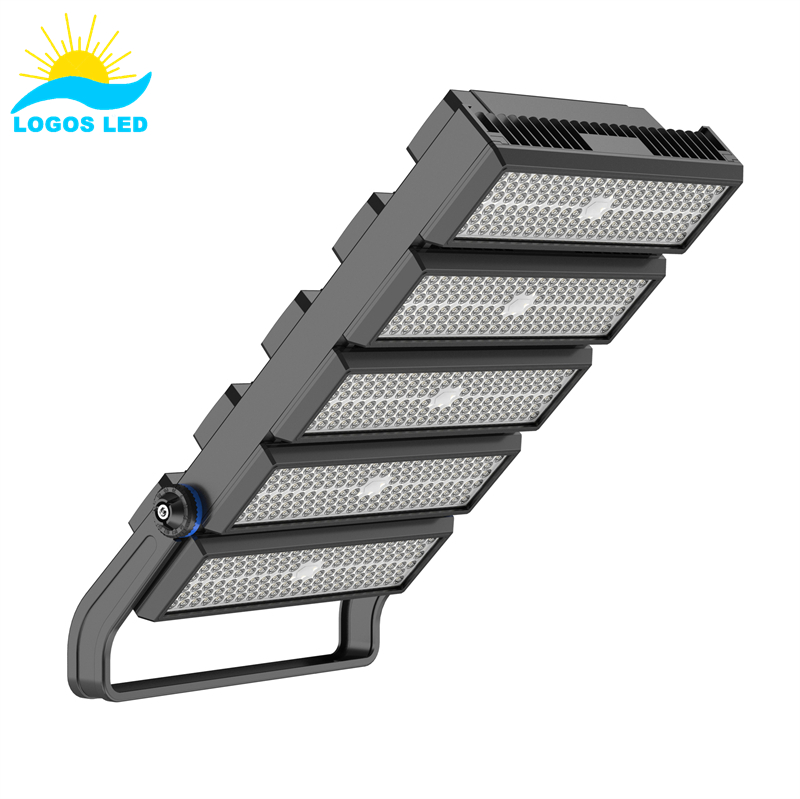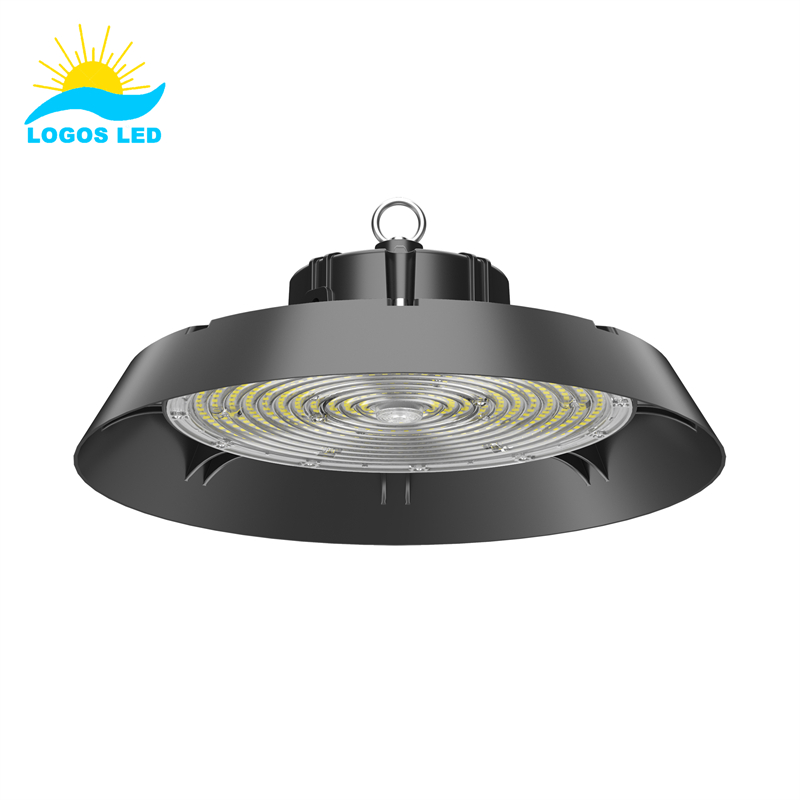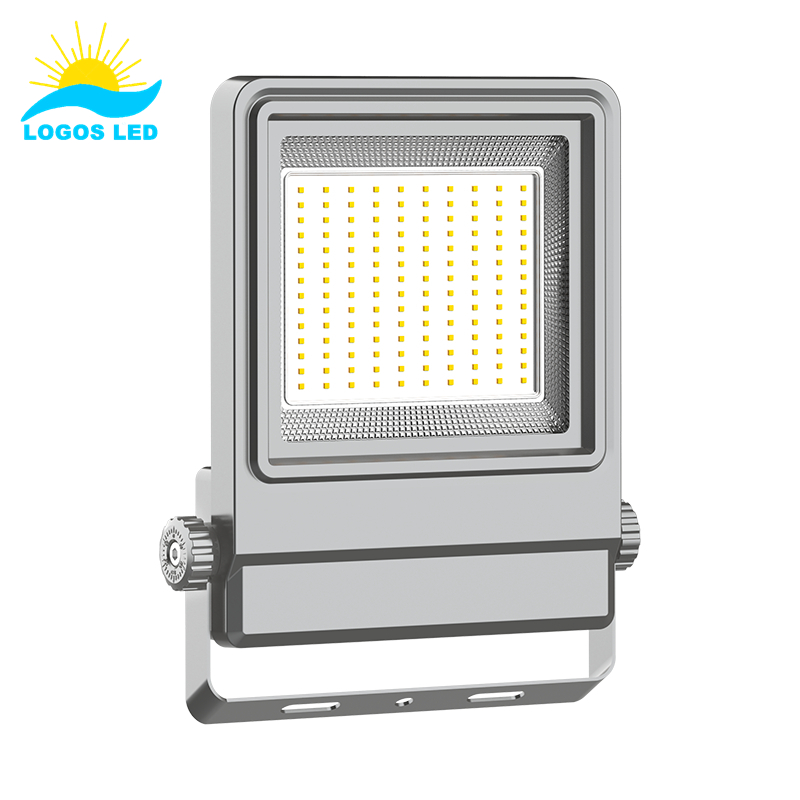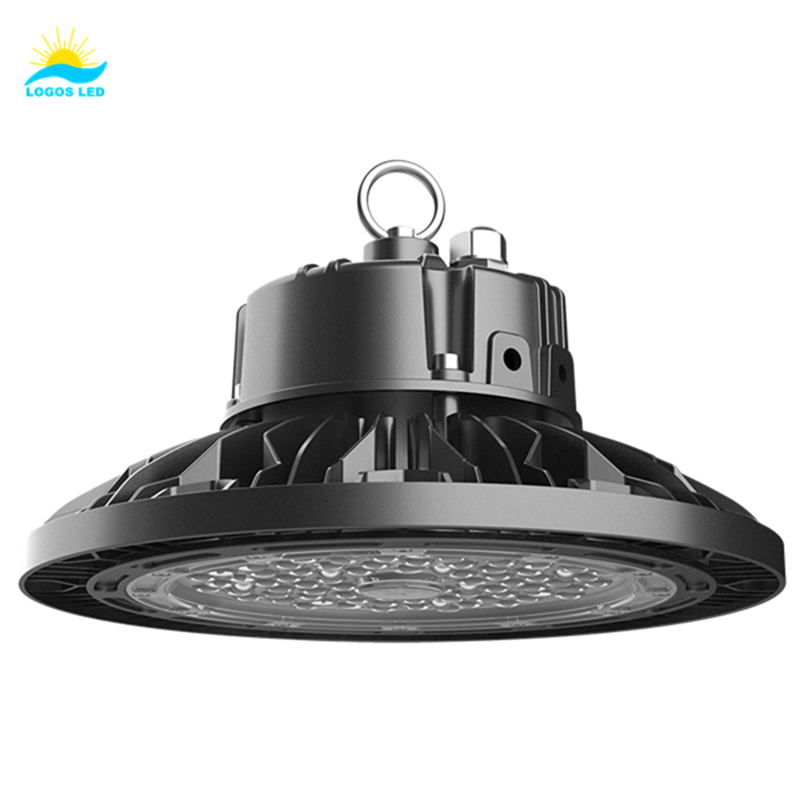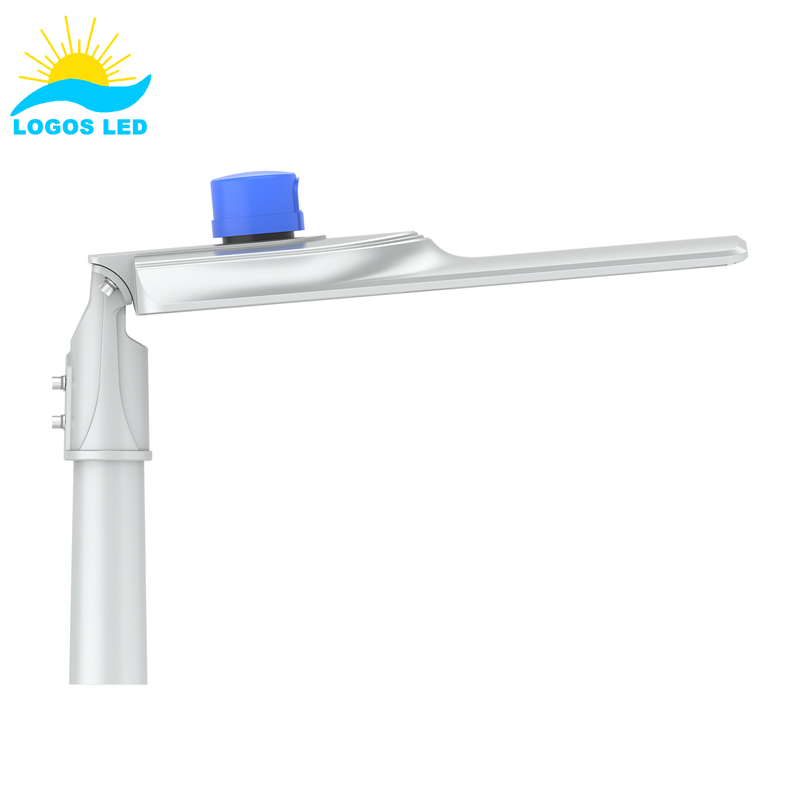Poor lighting uniformity creates discomfort, reduces visibility, and increases safety risks. Uneven lighting can cause glare, shadows, and inconsistent brightness, making spaces less efficient and even hazardous. The key to solving these issues? A well-balanced lighting design with proper uniformity calculations. Knowing how to measure and improve uniformity ensures a lighting setup that’s both functional and visually comfortable.
Lighting uniformity refers to how evenly light is distributed across a space. It’s measured using the uniformity ratio (U0), which compares minimum and average illuminance. A higher uniformity ratio means better visual comfort, reduced glare, and fewer shadows. The required uniformity level depends on the application—whether it’s office lighting, street lighting, or sports field illumination. Standards like EN 12464-1 and IESNA set the guidelines to follow. Achieving proper uniformity comes down to fixture placement, beam angle selection, and correct spacing.
Let’s break down what lighting uniformity is, how it’s calculated, and why it matters for different applications.
Table of Contents
What Is Light Uniformity?
Light uniformity is all about evenly distributing light across a space to eliminate bright and dark spots. It creates a comfortable and safe lighting environment. Whether it’s an office, a street, a warehouse, or a sports field, uniform lighting enhances visibility, reduces glare, and improves aesthetics.
Light Uniformity Definition
Light uniformity measures how consistently light spreads in a given area. It’s expressed as a ratio, using one of two common formulas:
- General Uniformity (U0) = Emin / Eavg (minimum illuminance divided by average illuminance)
- Overall Uniformity (U1) = Emin / Emax (minimum illuminance divided by maximum illuminance)
A higher uniformity ratio means a more balanced lighting environment.
Key benefits of good lighting uniformity:
- Better visibility – Ensures light is evenly spread
- Reduced eye strain – Cuts down glare and shadows
- Improved aesthetics – Creates a more pleasant space
- Enhanced safety – Eliminates dark spots that could cause accidents
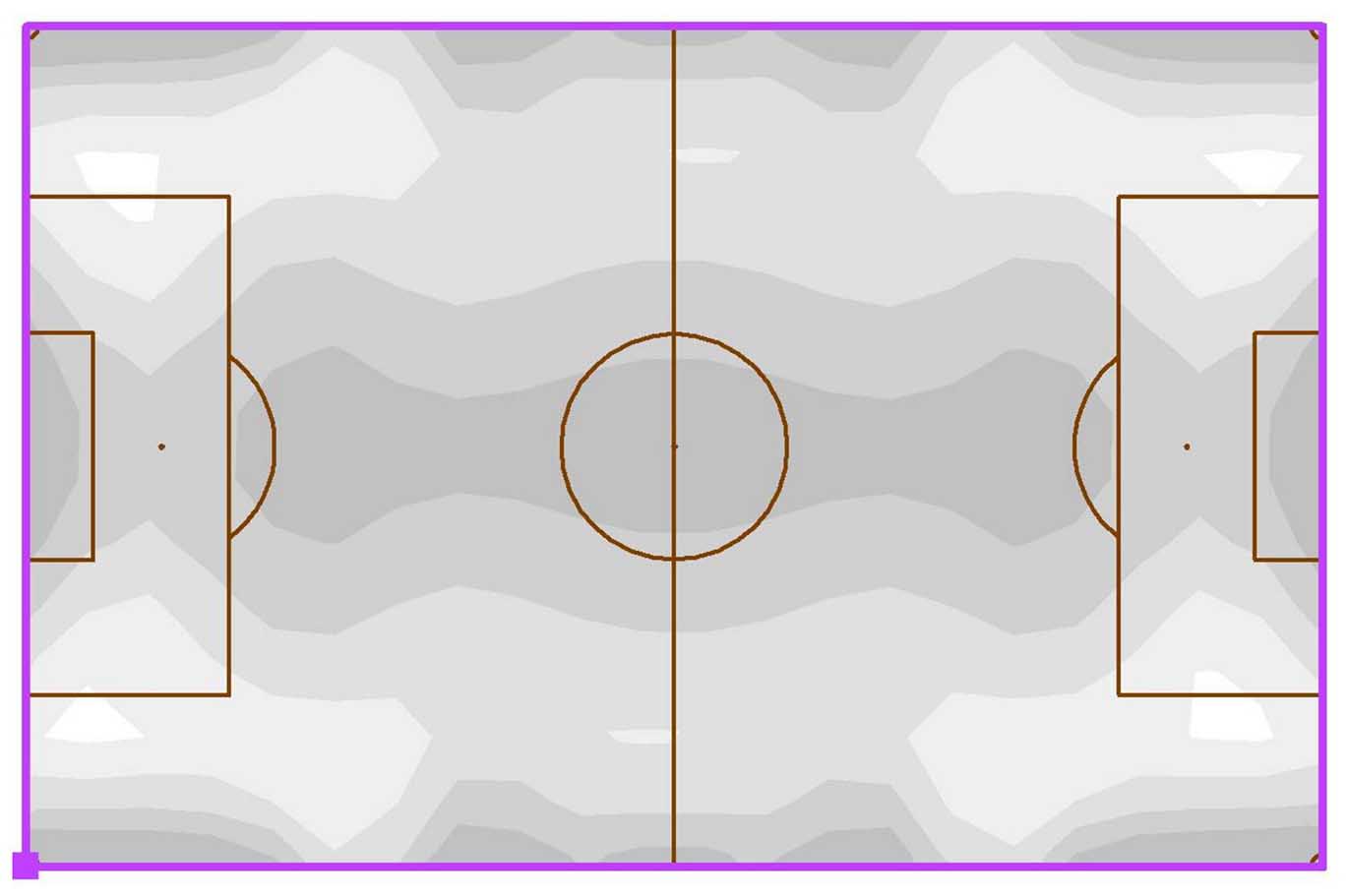
Light Uniformity
Light Uniformity Factor
The light uniformity factor is a numeric value that quantifies how well light is distributed. It’s calculated using one of these formulas:
a. General Uniformity (U0) = Emin / Eavg
- Measures how close the minimum light level is to the average
- Higher values mean better uniformity
- Example: If Emin = 50 lux and Eavg = 200 lux, then U0 = 50/200 = 0.25
b. Overall Uniformity (U1) = Emin / Emax
- Compares minimum to maximum lux levels
- Helps assess glare and shadow effects
- Example: If Emin = 50 lux and Emax = 400 lux, then U1 = 50/400 = 0.125
Lighting Uniformity Standards
Different spaces require specific lighting uniformity levels to ensure proper illumination. These levels are set by organizations like:
- EN 12464-1 – European indoor lighting standard
- IESNA RP-8 – Roadway lighting standards in North America
- ISO 8995 – International workspace lighting guidelines
- CIE (Commission Internationale de l’Éclairage) – Global lighting recommendations
Recommended uniformity levels for various applications:
| Application | Uniformity (U0) Requirement |
|---|---|
| Office Lighting | 0.6 – 0.8 |
| Road & Street Lighting | 0.25 – 0.4 |
| Warehouse Lighting | 0.4 – 0.6 |
| Parking Lots | 0.3 – 0.5 |
| Sports Fields | 0.5 – 0.7 |
Indoor vs. Outdoor Lighting Uniformity
Indoor Lighting Uniformity
Indoor lighting needs higher uniformity for comfort and efficiency. Here’s what’s recommended:
- Offices & Workspaces – U0 ≥ 0.6 for reduced eye strain
- Retail & Showrooms – U0 = 0.5 – 0.7 for product visibility
- Classrooms & Learning Spaces – U0 ≥ 0.7 for better reading conditions
- Hospitals & Healthcare Facilities – U0 ≥ 0.6 for patient comfort
Factors affecting indoor lighting uniformity:
- Fixture positioning – Avoids concentrated bright spots
- Ceiling height and beam angles – Ensures even light spread
- Use of diffusers – Softens harsh illumination
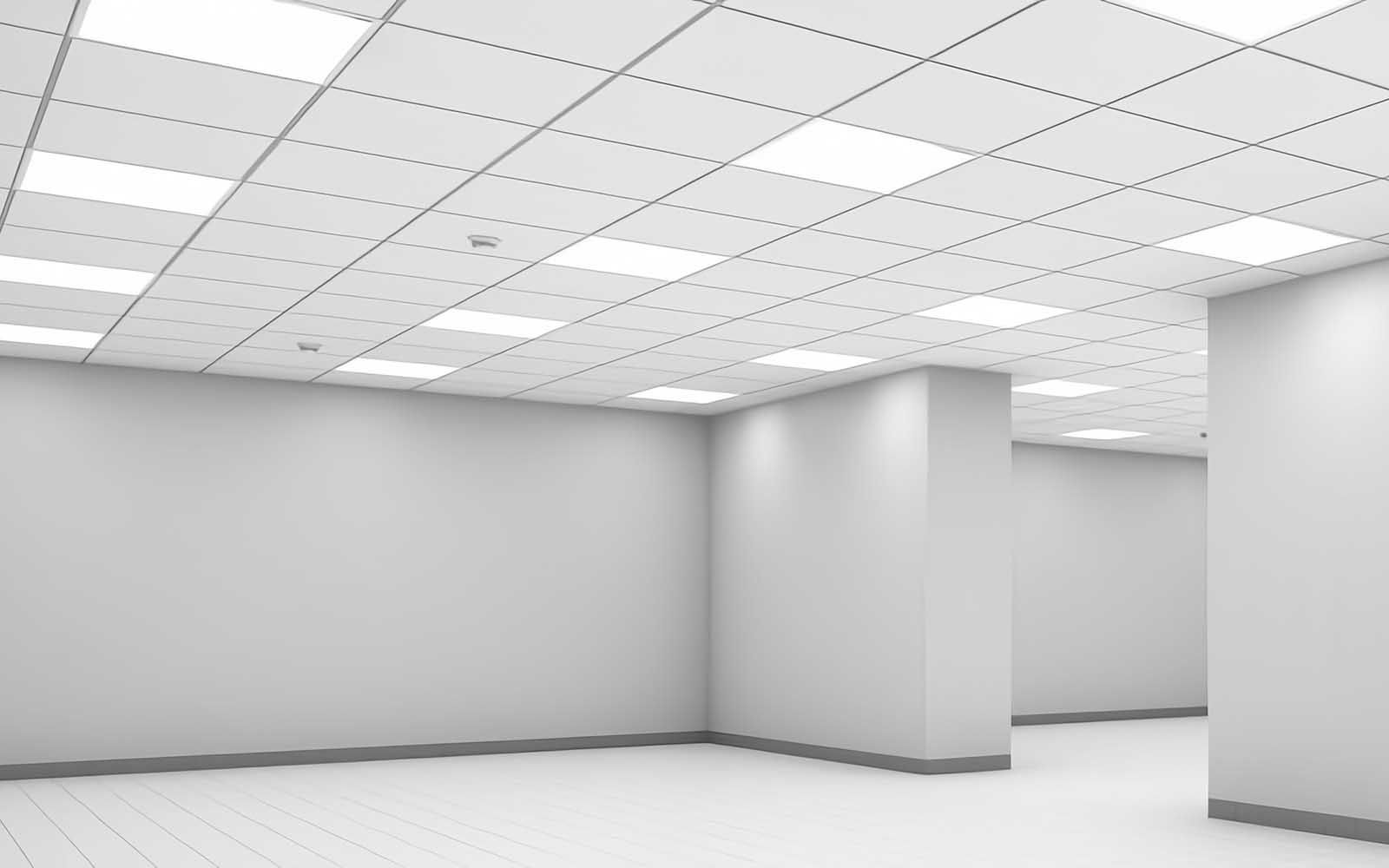
Outdoor Lighting Uniformity
For streets, parking lots, and sports fields, lighting uniformity enhances visibility and security. Here are the recommended levels:
- Street Lighting – U0 = 0.25 – 0.4 for safe road conditions
- Parking Lots – U0 = 0.3 – 0.5 to eliminate dark spots
- Sports Fields – U0 = 0.5 – 0.7 for professional games
- Public Pathways & Parks – U0 ≥ 0.4 for pedestrian safety
Factors affecting outdoor lighting uniformity:
- Pole height and spacing – Optimized for better coverage
- Beam angles and optics – Reduces glare and dark patches
- Light pollution control – Shields and optics prevent unnecessary light spill
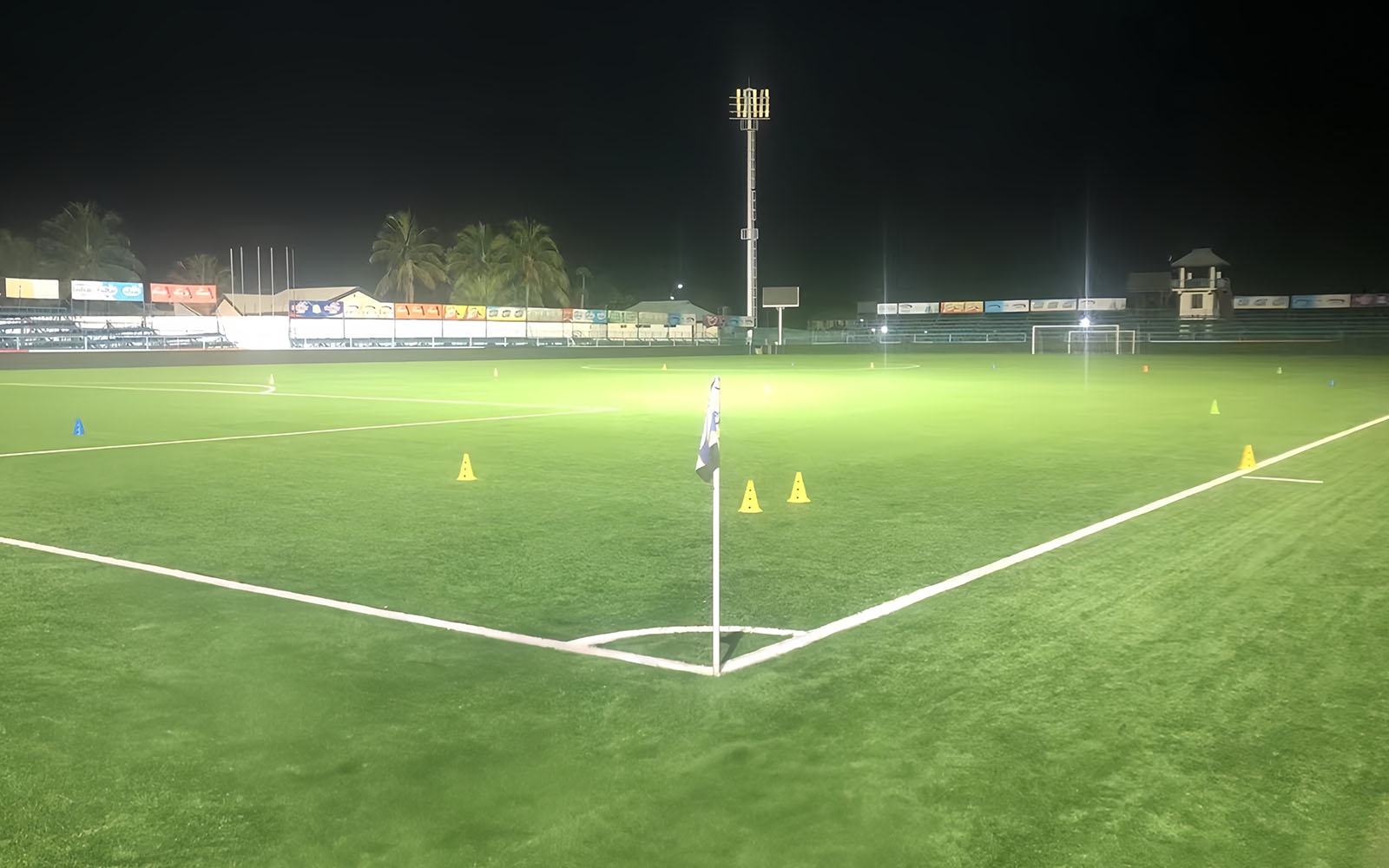
Outdoor Sports Field
Lighting uniformity is a game-changer when it comes to creating a safe, efficient, and visually comfortable environment. Whether it’s an office, a roadway, or a sports facility, proper lighting design ensures even illumination, reduces glare, and enhances overall aesthetics. Understanding and applying uniformity calculations will help you achieve optimal lighting conditions for any application.
Getting lighting uniformity right is the key to a balanced, visually comfortable space. If the lighting is uneven, you’ll end up with glare, dark spots, or inconsistent brightness, which can hurt both safety and efficiency. The only way to fix this? Measure and calculate uniformity correctly.
How to Calculate Lighting Uniformity
Light Uniformity Measurement
Measuring lighting uniformity can be done using a lux meter or specialized software like DIALux or AGi32. Here’s how it works:
- Map the Area – Divide the space into a grid to create multiple test points.
- Measure Lux Levels – Use a lux meter to record the minimum, maximum, and average brightness.
- Calculate Uniformity Ratios – Plug the recorded data into standard uniformity formulas.
Key Measurements:
- Emin (Minimum Illuminance): The lowest recorded brightness in the area.
- Emax (Maximum Illuminance): The brightest point.
- Eavg (Average Illuminance): The total of all measured lux values divided by the number of points.
Light Uniformity Formulas
Lighting uniformity is typically calculated using two key formulas:
1. General Uniformity Ratio (U0)
This is the most common method for assessing uniformity:
U0 = Emin / Eavg
- U0 (Uniformity Ratio) shows how evenly distributed the light is.
- A higher U0 (closer to 1.0) means better uniformity.
- This is used for offices, streets, warehouses, and general spaces.
2. Overall Uniformity Ratio (U1)
This formula is useful for identifying contrast and glare issues:
U1 = Emin / Emax
- Highlights the difference between bright and dark areas.
- A low U1 value means higher contrast, which can cause glare and discomfort.
- Mostly used for roads, stadiums, and large outdoor spaces.
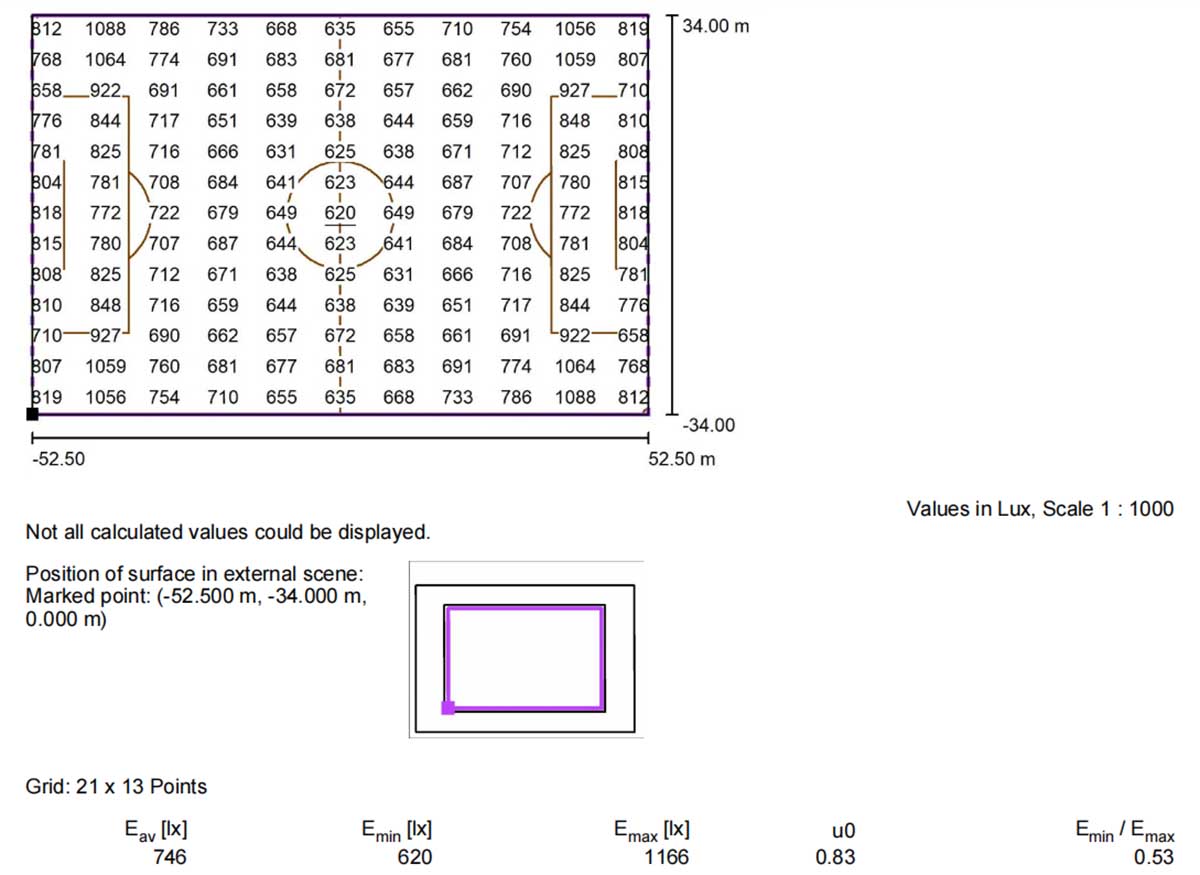
Lighting Uniformity Measurement
Example Calculation
Let’s say we’re measuring uniformity in a warehouse where:
- Emin = 150 lux
- Emax = 600 lux
- Eavg = 400 lux
Using the formulas:
- U0 = Emin / Eavg = 150 / 400 = 0.375
- U1 = Emin / Emax = 150 / 600 = 0.25
What does this mean?
- U0 = 0.375 suggests moderate uniformity, but there’s room for improvement.
- U1 = 0.25 shows a big gap between bright and dark areas, which might cause glare and discomfort.
Recommended Uniformity Ratios for Different Spaces
| Application | Recommended U0 (Emin / Eavg) | Recommended U1 (Emin / Emax) |
|---|---|---|
| Office Lighting | 0.6 – 0.8 | 0.4 – 0.6 |
| Road & Street Lighting | 0.25 – 0.4 | 0.2 – 0.35 |
| Warehouse Lighting | 0.4 – 0.6 | 0.3 – 0.5 |
| Parking Lots | 0.3 – 0.5 | 0.25 – 0.4 |
| Sports Fields | 0.5 – 0.7 | 0.4 – 0.6 |
What Is the Average Uniformity Ratio?
The average uniformity ratio tells us how evenly light is spread across a space. It’s usually calculated using U0 (Emin / Eavg) and is crucial for maintaining balanced illumination.
- Office & Indoor Spaces: Should have a uniformity of 0.6 or higher for visual comfort.
- Outdoor Areas & Streets: Need at least 0.25 – 0.4 for safe visibility.
- Retail & Commercial Spaces: Often require 0.5 or higher to properly showcase products.
Lighting Uniformity in Offices
For offices, consistent lighting is key to reducing eye strain and boosting productivity. The recommended uniformity ratio is U0 = 0.6 or higher.
Factors that impact office lighting uniformity:
- Fixture placement – Evenly spaced LED panels prevent bright spots.
- Indirect lighting – Bouncing light off ceilings and walls softens brightness.
- Dimmable controls – Adjusting brightness levels ensures consistent lighting throughout the day.

How to Test Uniformity
Want to check if your lighting is uniform? Follow these steps:
- Measure light levels – Use a lux meter to take readings at multiple points.
- Identify Emin, Eavg, and Emax – Find the minimum, average, and maximum lux values.
- Calculate uniformity – Use the formula U0 = Emin / Eavg.
- Compare with standards – Ensure your results match lighting guidelines like EN 12464-1, IES RP-8, or ISO 8995.
- Make adjustments – If uniformity is low, tweak fixture positions, beam angles, or add more lighting.
Conclusion
Lighting uniformity is essential for comfortable, safe, and efficient spaces. Whether in offices, streets, warehouses, or sports fields, proper uniformity ensures better visibility, less glare, and an improved environment. By using lux meters, following recommended ratios, and making necessary adjustments, you can achieve optimal lighting performance in any setting.
Need expert help with lighting uniformity? Contact us today for professional lighting solutions and customized recommendations!
Request A Free Quote Now!
Send us a message if you have any questions or request a quote. We will get back to you ASAP!
